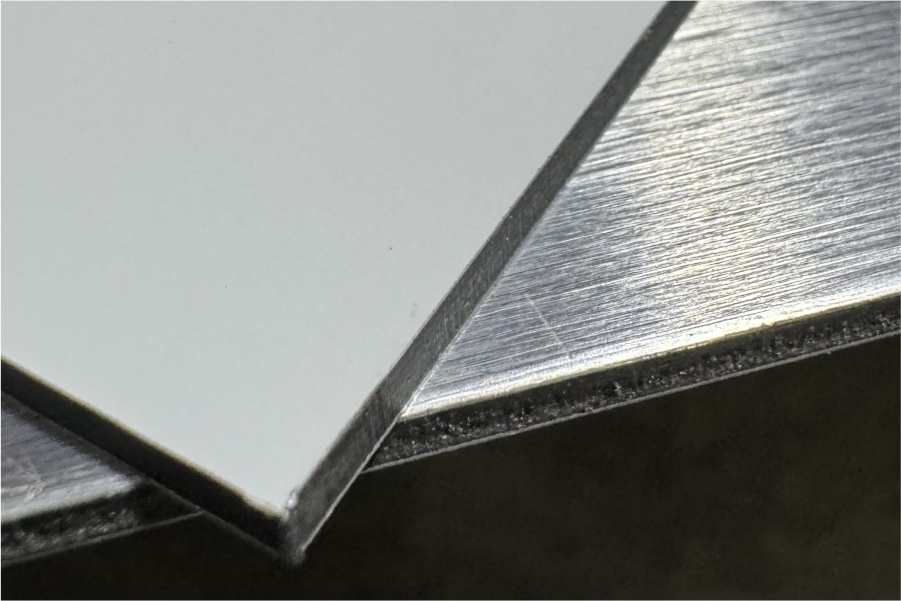In the world of signage, selecting the right material for a customer’s printed sign is paramount. Each material brings its own set of characteristics, benefits, and considerations, making the decision process a crucial step in delivering a high-quality product that meets the client’s needs and expectations. From acrylic to aluminum composite material (ACM) to vinyl, there’s a plethora of options available, each with its own unique properties. In this guide, we’ll explore the key factors to consider when choosing the best sign material for your customer’s project.
Understanding the Environment:
One of the first considerations when selecting sign material is the environment in which it will be placed. Will the sign be displayed indoors or outdoors? Outdoor signs are subjected to harsher elements such as sunlight, rain, and wind, necessitating materials with superior durability and weather resistance. In contrast, indoor signs may prioritize aesthetics and versatility over weatherproofing.
Outdoor Signage:
- Aluminum Composite Material (ACM): ACM stands out for its durability and weather resistance, making it an excellent choice for outdoor signage. Composed of a polyethylene core sandwiched between two aluminum sheets, ACM offers exceptional strength while remaining lightweight. It is resistant to fading, rust, and corrosion, ensuring longevity even in challenging outdoor conditions.
- Acrylic: Acrylic, also known as Plexiglas or Perspex, is another popular option for outdoor signage. It boasts excellent optical clarity and UV resistance, making it less prone to yellowing or fading over time. Acrylic signs can withstand exposure to sunlight and fluctuating temperatures, making them suitable for outdoor applications.
Indoor Signage:
- Vinyl: Vinyl is a versatile material commonly used for indoor signage due to its affordability and ease of customization. It is available in various finishes, including matte, gloss, and satin, allowing for flexibility in achieving different aesthetics. While vinyl is not as durable as ACM or acrylic, it is well-suited for indoor environments where exposure to harsh weather conditions is not a concern.
Consideration of Sheen and Finish:
The sheen or finish of a sign material can significantly impact its visibility and aesthetic appeal. When choosing a sign material, consider whether a non-glare or non-reflective surface is preferable, especially in environments with high levels of ambient light.
- Non-Glare/Non-Reflective: In settings where glare or reflection could hinder readability, such as retail stores or brightly lit areas, opting for a sign material with a non-glare or non-reflective finish is advisable. Matte or satin finishes help minimize glare and ensure optimal visibility, enhancing the legibility of the sign’s content.
Protection and Maintenance:
To prolong the lifespan of a printed sign and maintain its visual appeal, consider whether additional protection such as lamination is necessary. Lamination adds a protective layer over the printed surface, safeguarding it against scratches, fading, and environmental damage.
- Lamination: For outdoor signage exposed to UV radiation, moisture, and abrasion, laminating the print can provide added durability and weather resistance. Matte or gloss laminates are available, offering different levels of protection and aesthetic finishes to suit the client’s preferences.
Customization and Branding:
Beyond durability and functionality, sign material selection also plays a crucial role in branding and visual identity. Different materials offer varying levels of customization options, allowing businesses to create signage that aligns with their brand aesthetic and messaging.
- Vinyl: Vinyl is highly customizable and suitable for intricate designs, logos, and graphics. It can be digitally printed with vibrant colors and intricate details, making it ideal for showcasing brand imagery and promotional content.
- Acrylic: Acrylic signs exude a premium look and feel, making them an excellent choice for businesses aiming to convey sophistication and elegance. Acrylic can be laser-cut to precise shapes and sizes, allowing for unique and eye-catching signage solutions.
Conclusion:
Choosing the best sign material for a customer’s printed sign requires careful consideration of various factors, including environmental conditions, desired finish, and branding requirements. By understanding the unique properties and characteristics of materials such as acrylic, aluminum composite material (ACM), and vinyl, sign shops can recommend solutions that meet their clients’ needs while delivering exceptional quality and durability. Whether it’s an outdoor billboard, indoor display, or storefront signage, selecting the right material is essential for creating impactful and long-lasting signs that leave a lasting impression.

